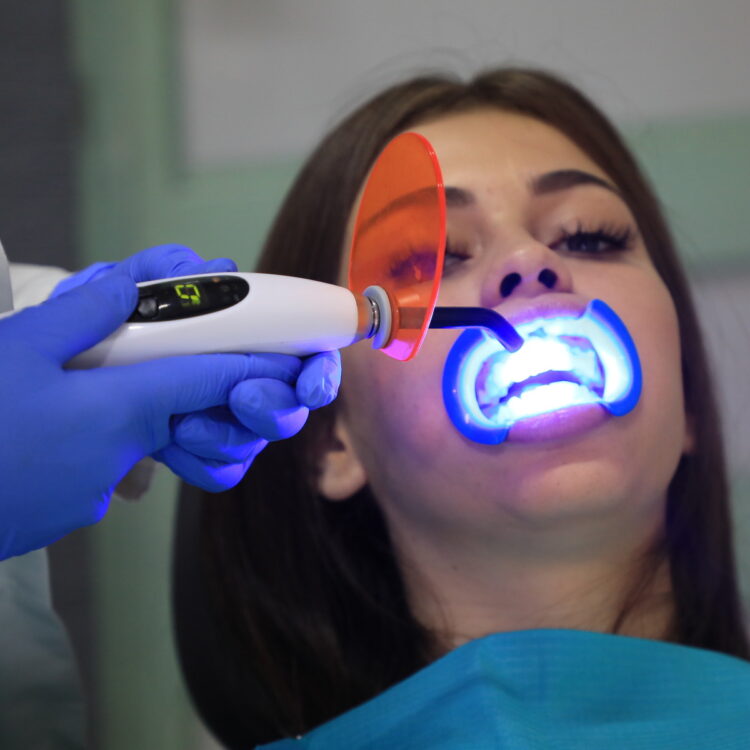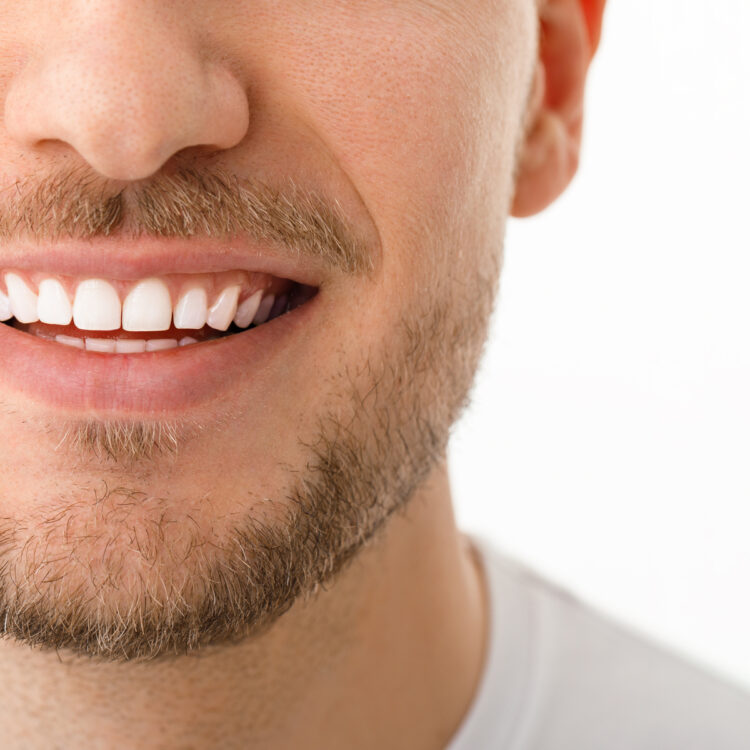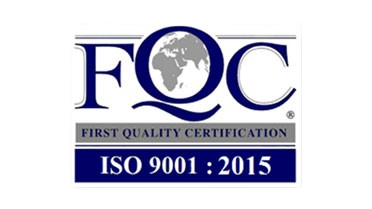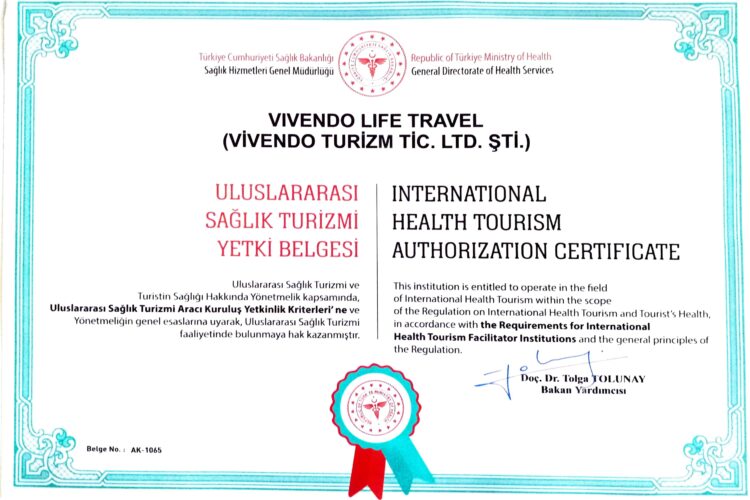We Create Beautiful Smiles
More severe forms of periodontal disease can also be treated successfully but may require more extensive treatment. Such periodontal diseases treatments might include deep cleaning of the tooth root surfaces below the gums, medications prescribed to take by mouth or placed directly under the gums, and sometimes corrective surgery.

Periodontal Diseases Treatments
TEETH CLEANING
Tooth stone, also known as dental calculus, is a hard and yellowish deposit that builds up on teeth over time. It forms when plaque, which is a sticky film of bacteria, mineralizes on teeth due to the presence of minerals in saliva. If not removed, it can lead to tooth decay, gum disease, and bad breath.
Tooth stone cleaning, also called dental scaling, is a procedure performed by a dental hygienist or dentist to remove the build-up of calculus on teeth. The process involves using specialized tools to scrape off the deposits from the surface of the teeth, especially in hard-to-reach areas like between the teeth and under the gumline
Regular tooth stone cleaning is essential for maintaining good oral health and preventing dental problems. It is recommended to have professional teeth cleaning every six months, although some people may require it more frequently depending on their oral health condition.
In addition to professional cleaning, good oral hygiene practices such as brushing twice a day, flossing, and using mouthwash can also help prevent the build-up of tooth stone.
Duration: 1 Day
TEETH WHITENING
A brilliant, radiant smile is one of your most powerful assets. If you're looking to rejuvenate the natural luster of your teeth, teeth whitening might be the solution you need.
Teeth whitening is a cosmetic dental procedure that focuses on lightening the shade of your teeth, removing stains, and enhancing your smile's appearance. It's a non-invasive and popular way to achieve a whiter, more youthful smile.
- Enhanced Appearance- Teeth whitening can significantly improve the aesthetics of your smile, making you look and feel more youthful.
- Boosted Confidence- A brighter smile often results in increased self-esteem and confidence.
- Non-Invasive- Teeth whitening is a non-invasive procedure that does not require any drilling or significant alterations to your teeth.
Duration: 1 Day

Periodontal Diseases Treatments

Periodontal Diseases Treatments
SUBGINGIVAL CURETTAGE
Subgingival curettage is a non-surgical periodontal diseases treatments designed to remove plaque and tartar build-up below the gumline. This procedure is primarily used to treat gum disease, also known as periodontal disease, by eliminating harmful bacteria and restoring the health of the gums and tooth-supporting tissues.
Subgingival curettage is recommended for individuals with gum disease who exhibit the following signs and symptoms:
- Gingival Inflammation- Red, swollen, and bleeding gums are common indicators of gum disease.
- Periodontal Pockets- Deep pockets or spaces formed between the teeth and gums can harbour harmful bacteria.
- Recession- Gum recession exposes the tooth roots, making them susceptible to decay and sensitivity.
- Bone Loss- Gum disease can lead to bone loss around the teeth, which can affect their stability and long-term health.
A curette removes the inflamed gingival tissue along with which hard deposits of calculus and bacterial colonies are also eliminated. The next step is to smoothen the root surface. This is called planning. This is an important step to perform as new fibres that would replace the lost tissues need a cleaner surface to adhere to.
Duration: 1 Day
GINGIVECTOMY
Dental gingivectomy is a surgical procedure that involves the removal of gum tissue. It is usually performed by a periodontist, a dentist who specializes in the treatment of gum disease. The procedure is typically performed to treat gum disease, also known as periodontitis, or to improve the appearance of the gums.
During the procedure, the dentist will numb the area with a local anesthetic and use a scalpel or laser to remove the excess gum tissue. The dentist will then reshape the remaining gum tissue to create a more aesthetically pleasing appearance. The procedure is generally quick and painless, and most patients can return to their normal activities the same day.
Gingivectomy is usually performed as a last resort when other treatments for gum disease have failed. It may also be recommended for patients who have excess gum tissue that is causing aesthetic concerns. After the procedure, it is important to maintain good oral hygiene to prevent further gum disease and to ensure proper healing.
Duration: 1 Day


FLAP SURGERIES
Flap surgery is today's leading method for treating and repairing periodontal pockets. What are these “pockets?” They are areas below the gum line where gum tissue has detached from the teeth, resulting in an uncleanable space where harmful bacteria can proliferate. These bacteria cause inflammation of the tissues, resulting in sensitivity, bleeding, and pain. Left untreated, they can cause a host of problems including gum disease, loss of the tooth-supporting bone structure, and possibly even systemic (whole-body) problems.
When periodontal pockets develop, the first step in treating them is usually via cleaning and scaling (also referred to as root debridement) with a manual or ultrasonic instrument. If this isn't effective, then periodontal surgery is considered. Flap surgery isn't a cure for periodontal disease — but it helps create an environment that makes it easier to maintain your periodontal health. And even if you're prone to gum disease, proper professional treatment and regular care at home can help keep your teeth healthy for as long as possible.
Duration: 1 Day



